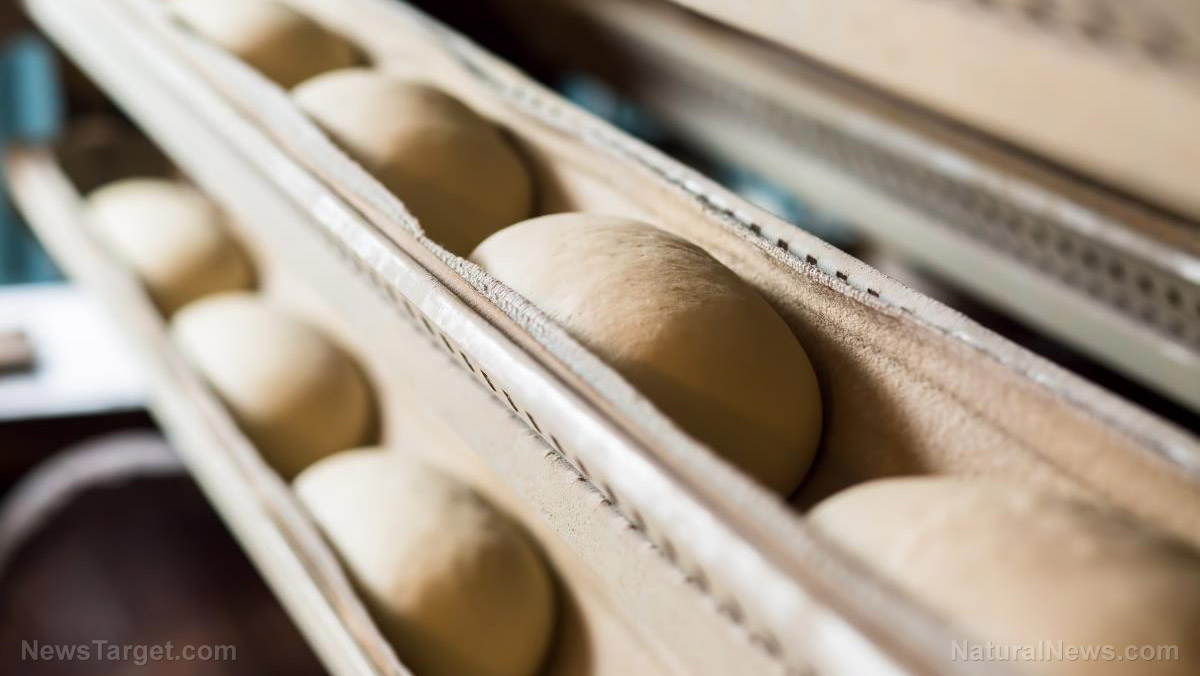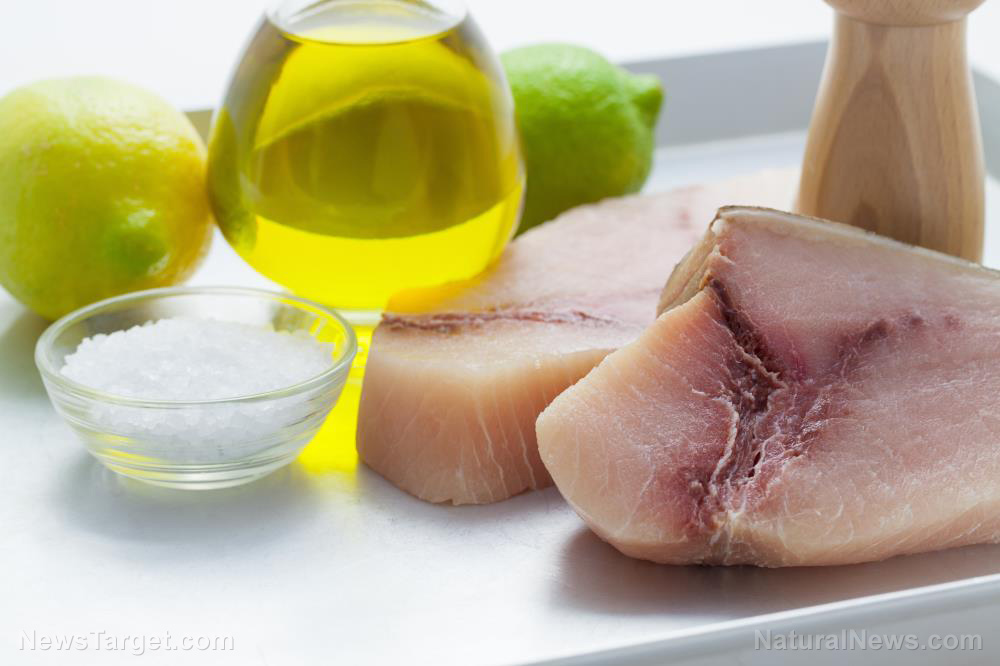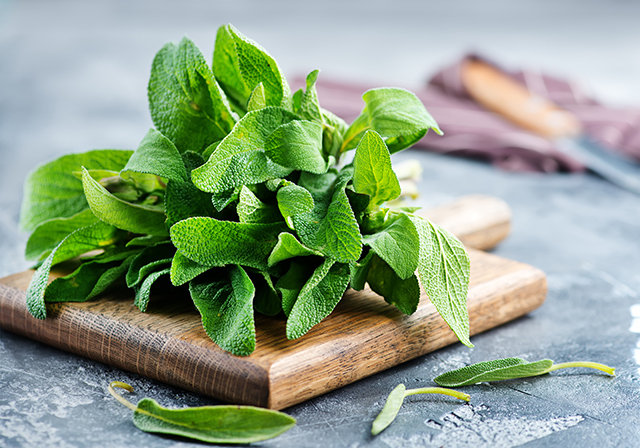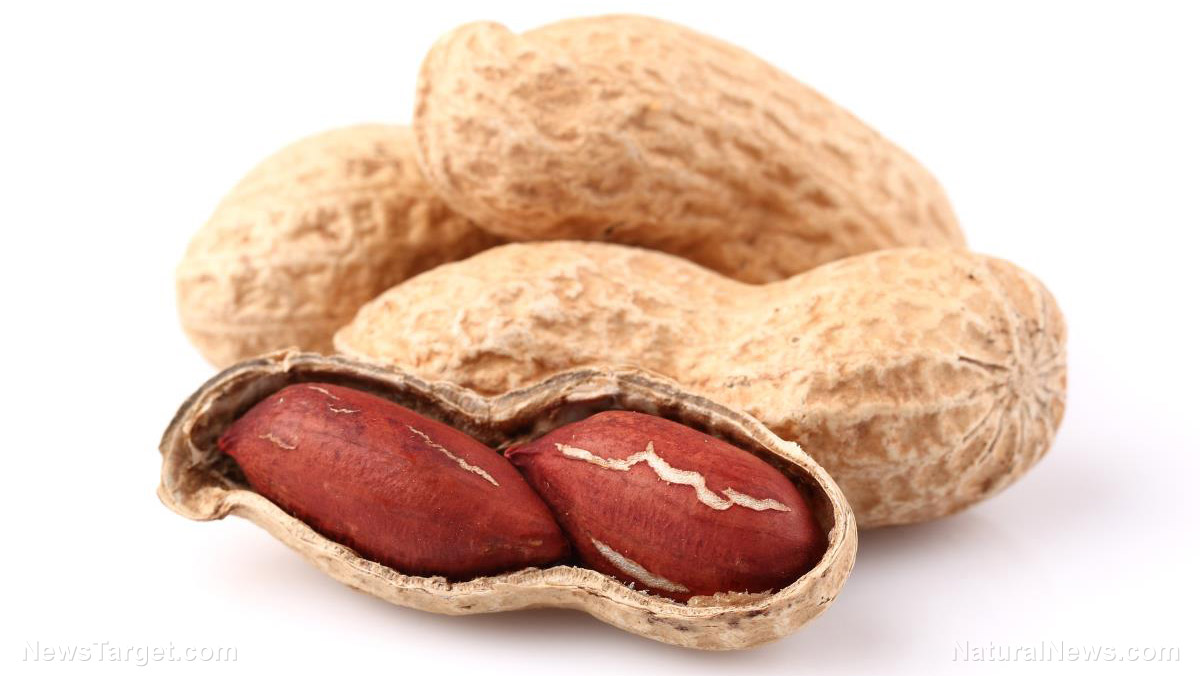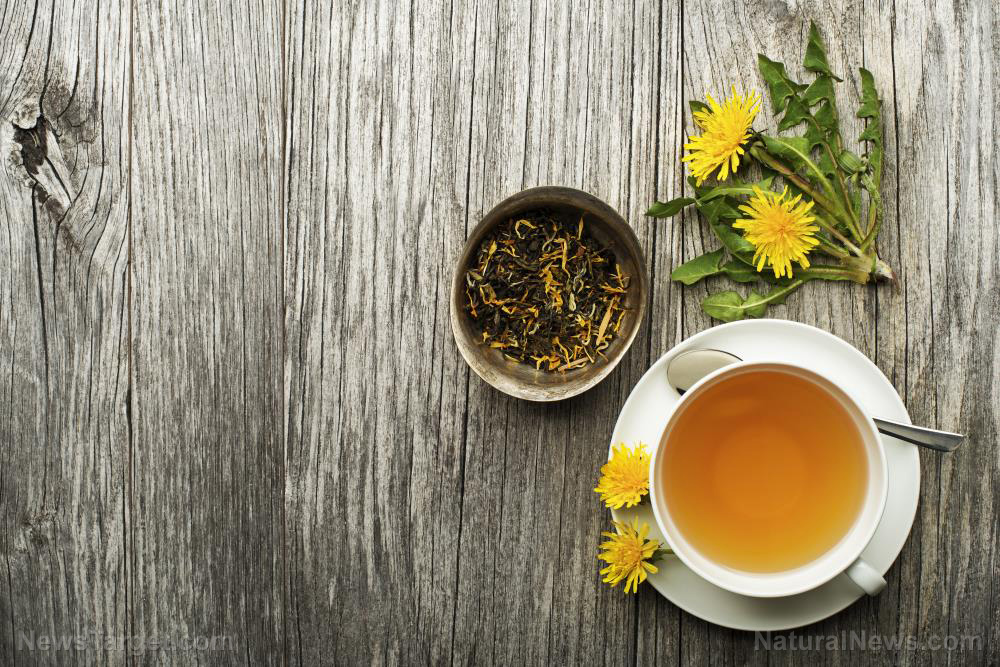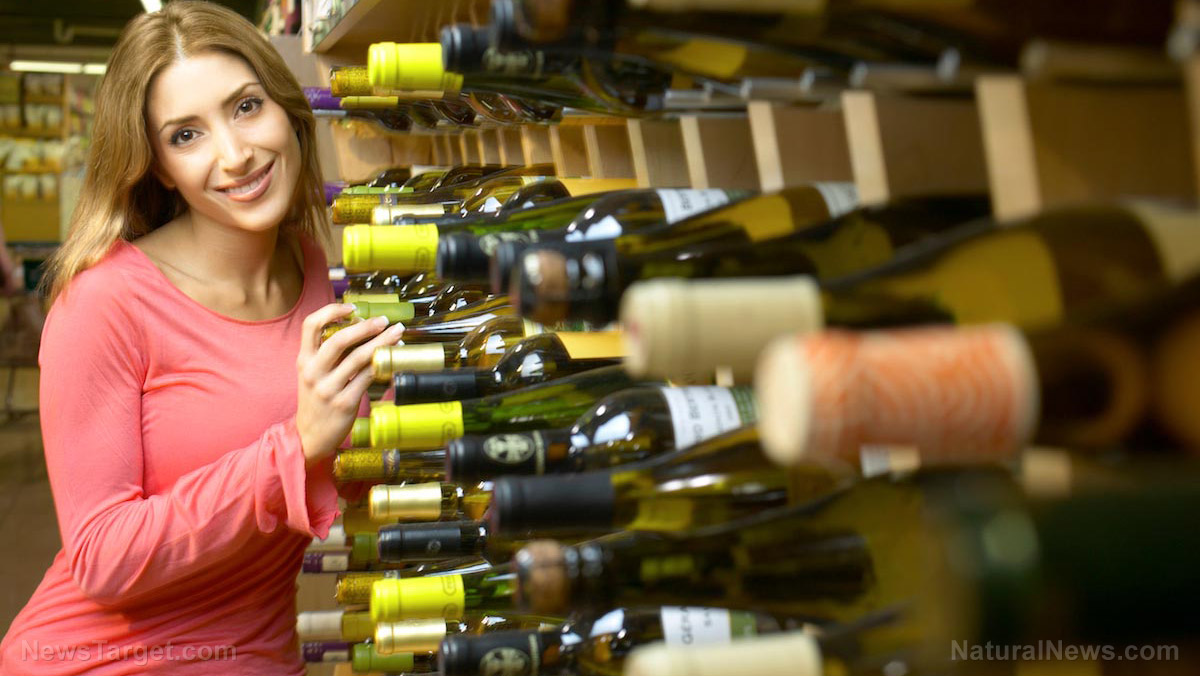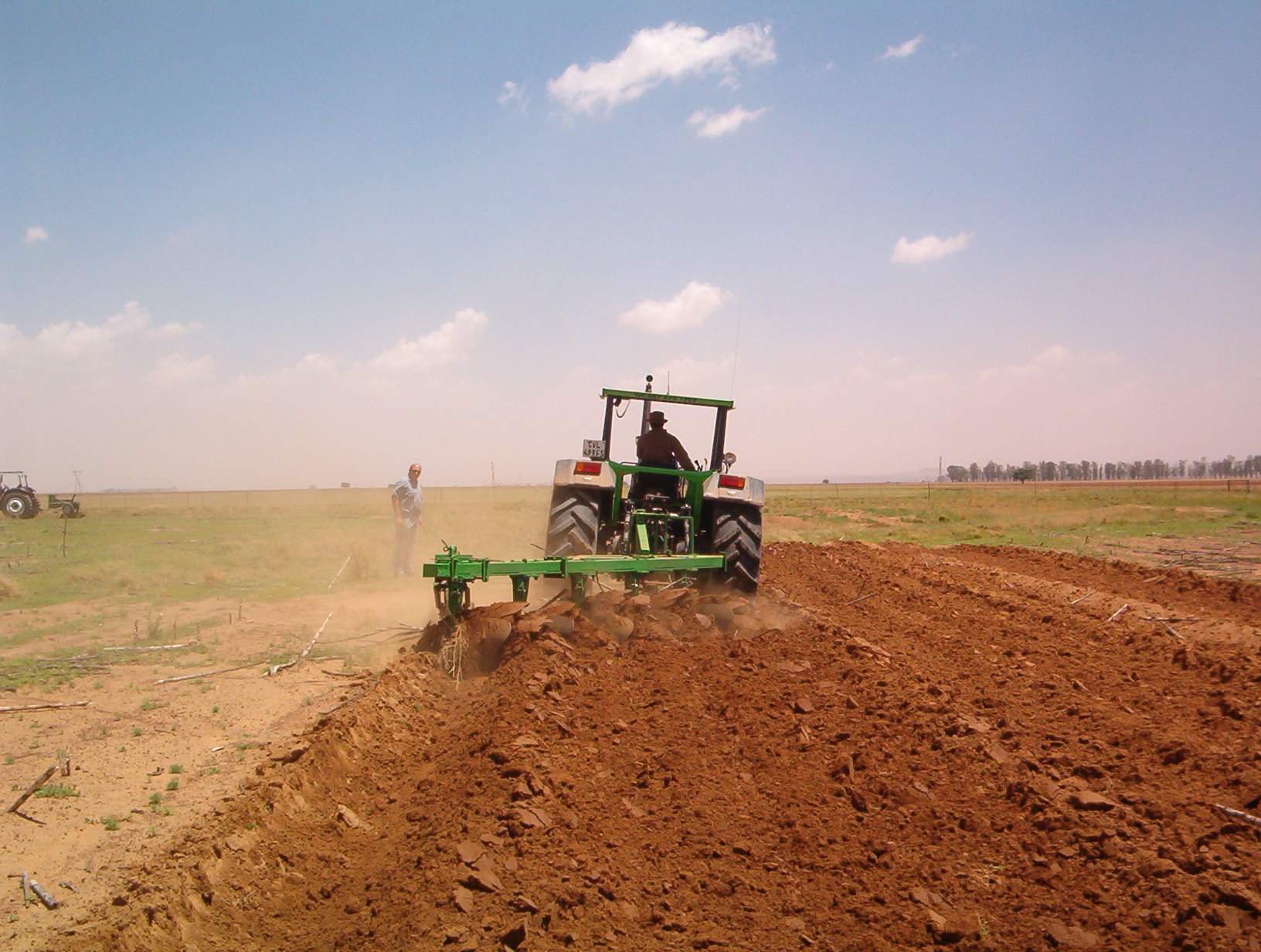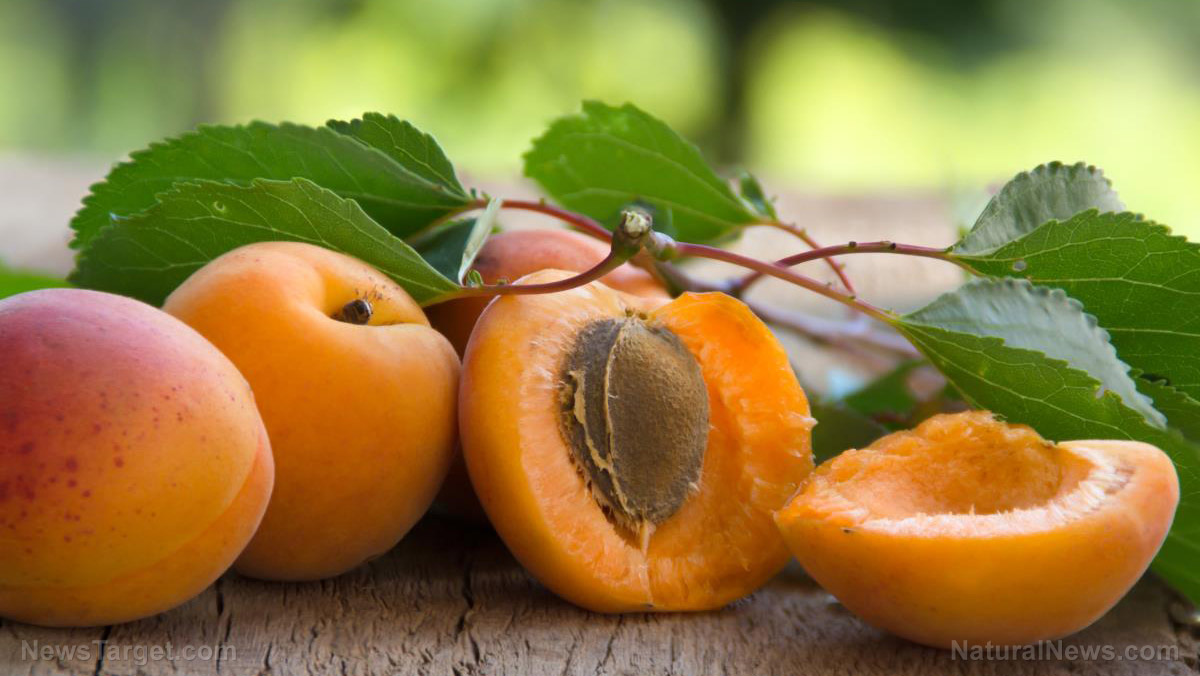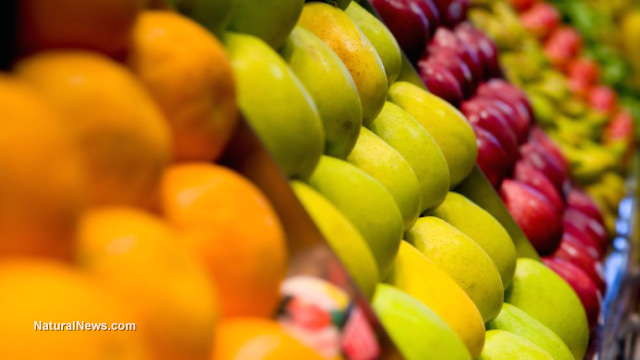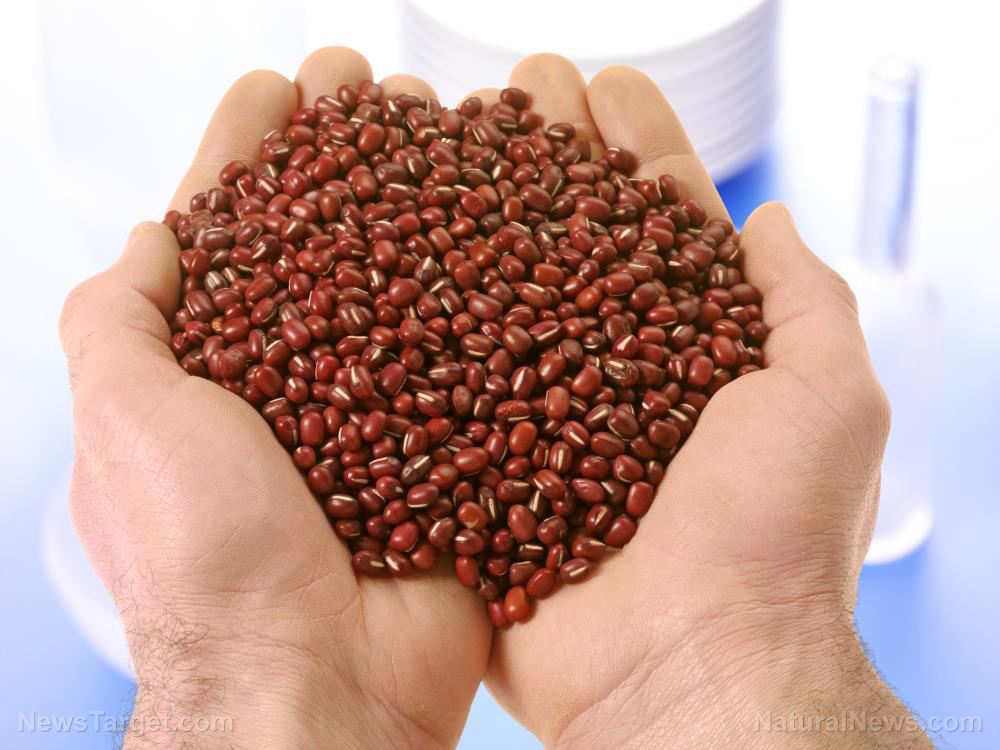Do you know how to preserve your food for long-term storage? Use this guide to help you get started
10/18/2018 / By Zoey Sky
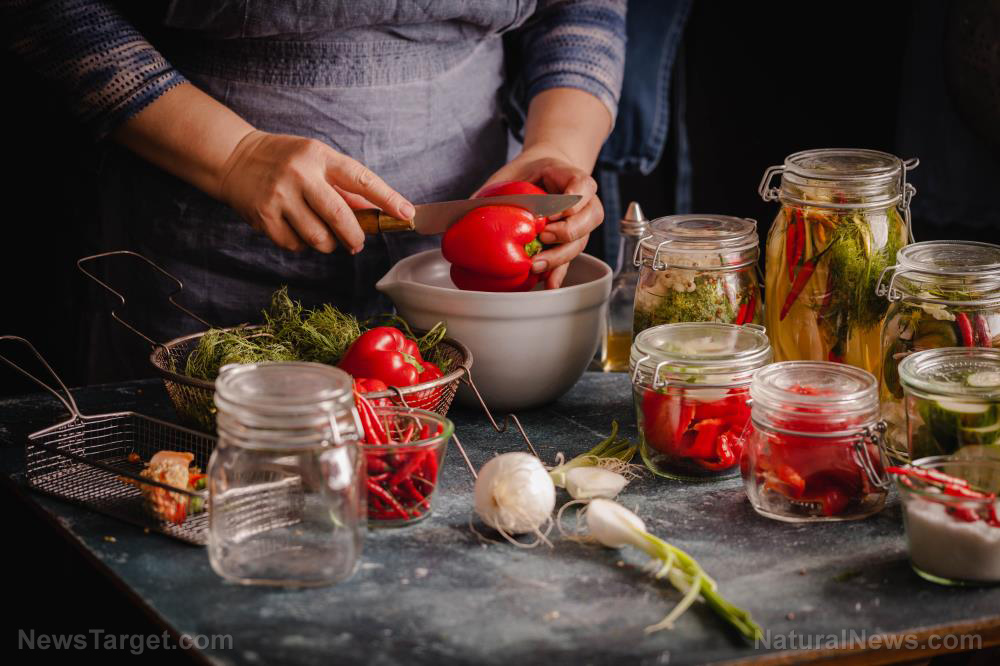
If you’re a home gardener, you need to know how to preserve the freshness and flavor of surplus vegetables from your backyard. One way to do this is by food preservation. With the four methods listed below, you can preserve produce so they can be stored long-term and enjoyed until the next harvest season. (h/t to Survivopedia.com)
Canning
Canning is the most common food preservation method used on vegetables. When done properly, canning can preserve food for at least several years.
When canning food, you kill bacteria and release most of the air out of the jar. Canning jars are sealed because air shrinks as it cools, and this makes the rubber around the seal create a vacuum in the jar. With this process, air and bacteria can’t get into the jars and spoil the food.
Dry canning
The dry canning method is suitable for vegetables that you’ve already dehydrated if you want to extend their shelf life even more. There are different methods of dry canning, but the most reliable one is done using oxygen absorbers.
Dry canning works on dried foods such as:
- Baking soda
- Beans and legumes
- Cornmeal
- Couscous
- Dried meats
- Dry mixes (e.g., cake mixes)
- Flour
- Oats
- Pasta
- Sugar
- Vegetables
Pressure canning
You will need a pressure cooker for this preservation method, which is suitable for canning low-acid vegetables or meat. A lot of vegetables are low-acid, and pressure canning is advised to prevent botulism.
The botulinum toxin which causes botulism will flourish in low-acid and low-air environments, like canned low-acid vegetables. Botulism affects the central nervous system and it can result in death, especially among very old or very young individuals or in patients with a weak immune system. If you’re in the peak of health, you can still get very sick if you develop botulism. This condition may cause permanent damage to your central nervous system.
To avoid consuming canned food with the botulinum toxin, watch out for these signs:
- Air being released when the jar is opened
- Bubbles in the jar
- Food or juice oozing out of the jar
- Slimy white or cloudy discoloration in the jar
With this preservation method, you can store different ingredients in a single jar to make whole meals like a savory stew.
Water bath canning
Water bath canning is perfect for fruits, high-acid vegetables like tomatoes, or vegetables that are canned in a high-acid juice or sauce.
This canning method requires tools such as:
- Canning jars
- Canning lids with seals
- Canning rings
- A pot – It must be large enough to contain jars and tall enough so it can be filled with enough water to cover jars up to the neck. You can use a pressure cooker pot or a stock pot. If you don’t own a large enough pot, you can purchase a specially designed water bath canning pot. This kind of canning pot comes with a rack that can hold a certain number of canning jars.
- A rack – The rack must fit inside the pot because it will keep the jars from coming into direct contact with the bottom of the pot.
- A spatula – The spatula must be small enough to slide down the inside of the jar to release air pockets.
- Tongs/canning tongs – The tongs will be used to remove the jars from the pot.
Dehydrating
You can dehydrate vegetables if you want to dry-can them later. For this method, you will need a food dehydrator or an oven. Alternatively, you can dry food in the sun, hang food in a cool dry place, or make your own food dehydrator. The dehydrating method you choose will also depend on the kind of vegetable you wish to preserve. (Related: How to preserve food without canning.)
Dehydrated food can be eaten as is, or you can re-hydrate it. This method preserves most of the food’s nutrients, so use this instead if you want to give your delicious and nutrient-rich food even after SHTF.
Fermenting
Fermentation is a chemical process that occurs naturally. But when fermenting vegetables, the method will require the addition of salt.
Most vegetables will ferment on their own by just adding salt since the bacteria needed to start the process is already present on the skin of organic vegetables. Always use organic produce when making fermented vegetables. Organically grown vegetables aren’t treated with pesticides, and they retain the natural bacteria that you need for fermentation.
Fermented foods are rich in enzymes, lactic acid, and probiotics. Food preserved using this method don’t lose vital nutrients like vitamin C during the process. Fermentation will even enhance certain nutrients. Additionally, fermented foods have nutrients that are more bioavailable compared to raw vegetables.
Pickling
Pickling is great if you want to preserve vegetables for long-term storage. To pickle food means to soak them in a brine, which is often made of vinegar, until they’re preserved. You can use pickling on almost any kind of vegetable, but not all kinds of produce will taste good if you choose this method.
Pickling is suitable for vegetables like:
- Banana peppers
- Beans
- Beets
- Carrots
- Cauliflower
- Cucumbers
- Jalapenos
Old styles of pickling don’t require canning. However, to kill all bacteria, modern pickling requires the use of cooked vegetables. As long as your vegetables are pickled properly, you can preserve them using water bath canning. This way, you can store them for a long time in your pantry.
The good thing about these four preservation methods is, with a bit of creativity you can still perform them even if you lose electricity. For canning and pickling, you only need a fire. Use the sun to dry foods naturally. To ferment food, you only need some salt and a cool place for storage.
With these food preservation methods, you can store vegetables from your garden for a very long time.
To learn more about other food preservation methods, visit FoodStorage.news.
Sources include:
Tagged Under: botulism, canned vegetables, canning food, dehydrating food, dry canning, fermentation, fermenting, food drying, Food Preservation, food safety, Food storage, Gear, home canning, homesteading, off grid, pickling, preparedness, prepping, preserving food, pressure canning, survival, survival food, water bath canning



